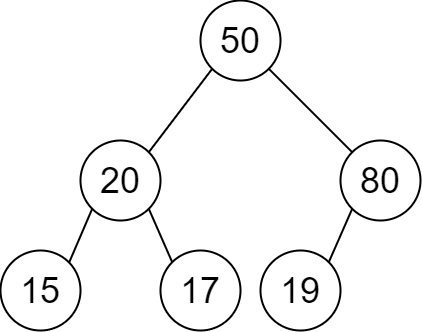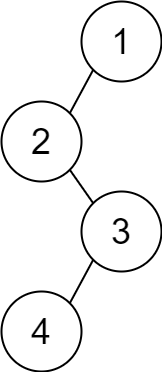You are given an integer array nums consisting of 2 * n integers.
You need to divide nums into n pairs such that:
- Each element belongs to exactly one pair.
- The elements present in a pair are equal.
Return true if nums can be divided into n pairs, otherwise return false.
Example 1:
Input: nums = [3,2,3,2,2,2] Output: true Explanation: There are 6 elements in nums, so they should be divided into 6 / 2 = 3 pairs. If nums is divided into the pairs (2, 2), (3, 3), and (2, 2), it will satisfy all the conditions.
Example 2:
Input: nums = [1,2,3,4] Output: false Explanation: There is no way to divide nums into 4 / 2 = 2 pairs such that the pairs satisfy every condition.
Constraints:
nums.length == 2 * n1 <= n <= 5001 <= nums[i] <= 500
Solution: Hashtable
Each number has to appear even numbers in order to be paired. Count the frequency of each number, return true if all of them are even numbers, return false otherwise.
Time complexity: O(n)
Space complexity: O(n)
C++
|
1 2 3 4 5 6 7 8 9 10 |
// Author: Huahua class Solution { public: bool divideArray(vector<int>& nums) { unordered_map<int, int> m; for (int num : nums) ++m[num]; return all_of(begin(m), end(m), [](const auto& e) { return e.second % 2 == 0; }); } }; |

